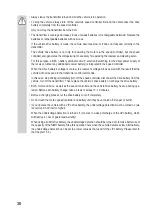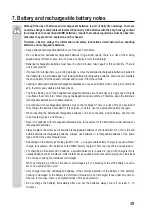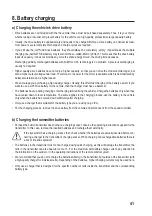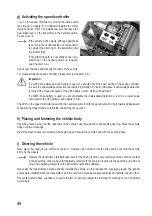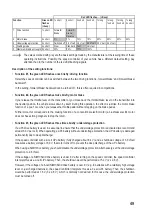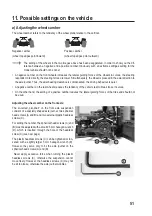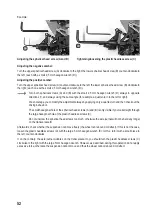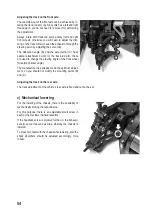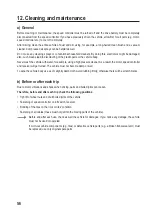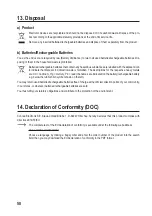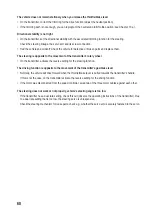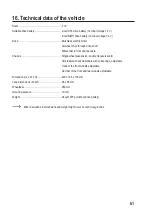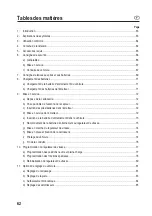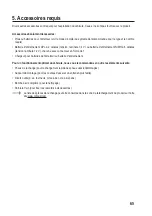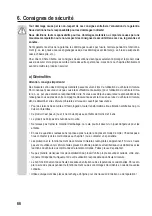
51
11. Possible settings on the vehicle
a) Adjusting the wheel camber
The wheel camber refers to the tendency of the wheel plane relative to the vertical.
Negative camber
Positive camber
(wheel top edges point inward)
(wheel top edges point outward)
The setting of the wheels in the two images above has been exaggerated, in order to show you the dif
-
ference between a negative and a positive camber. Obviously such an extreme settingas setting for the
model vehicle should not be done!
• A negative camber on the front wheels increases the lateral guiding forces of the wheels in curves; the steering
responds more directly, the steering forces are lower. Simultaneously, the wheel is pressed in the axial direction to
the axle journal. Thus, the axial bearing clearance is compensated, the driving behaviour is quiet.
•
A negative camber on the rear wheels reduces the tendency of the vehicle rear to break loose in curves.
•
On the other hand, the setting of a positive camber reduces the lateral guiding forces of the tires and should not
be used.
Adjusting the wheel camber on the front axle:
The so-called „pivot-ball“ on the front axle suspension
consists of a specially shaped axle journal, two spherical
head screws (A and B) and two external plastic headless
screws (C).
For setting the camber, the spherical head screws (A) and
(B) must be adjusted with a small 2,5 mm hexagon wrench
(D), which is inserted through the hole of the headless
screw (C) (see next page).
The plastic headless screws (C) can be tightened or loo-
sened with a slightly larger 5 mm hexagon wrench (E).
However, they serve only to fix the axle journal on the
spherical head screws (A) and (B).
Never apply excessive force when turning the plastic
headless screws (C), otherwise the suspension cannot
move freely. However, the headless screws (C) may not
be sit too loose, otherwise the axle journal wobbles.
Summary of Contents for Deathwatcher EVO BL 2.0
Page 122: ...122 ...
Page 123: ...123 ...


